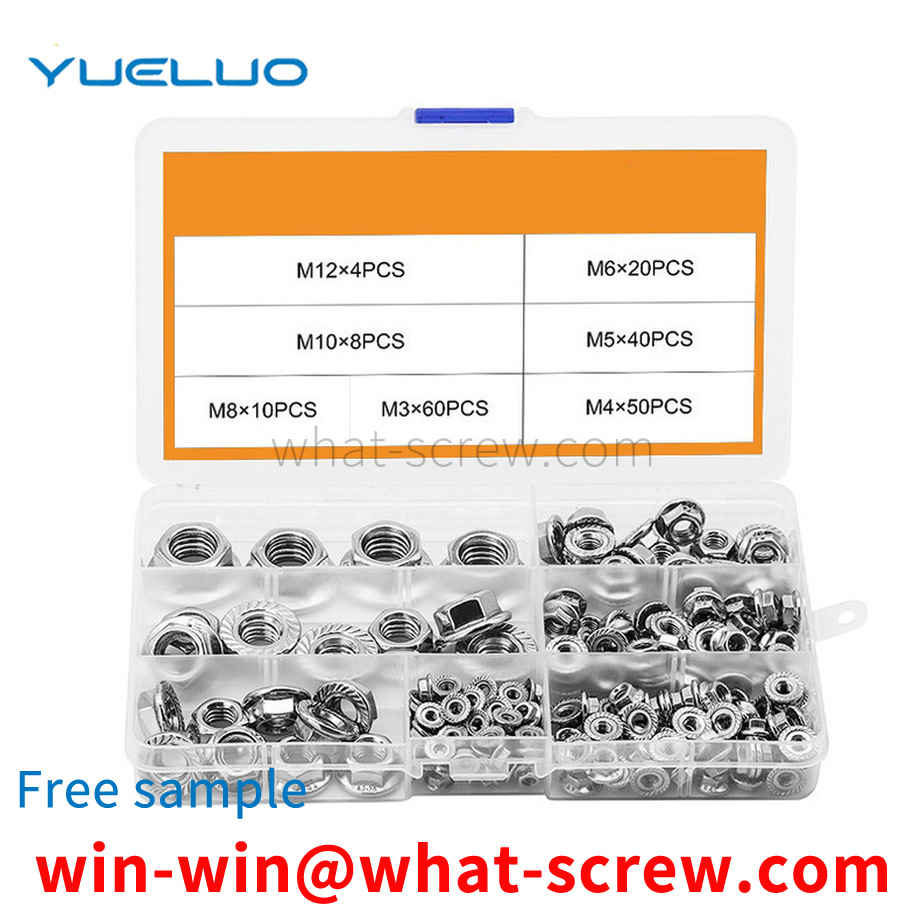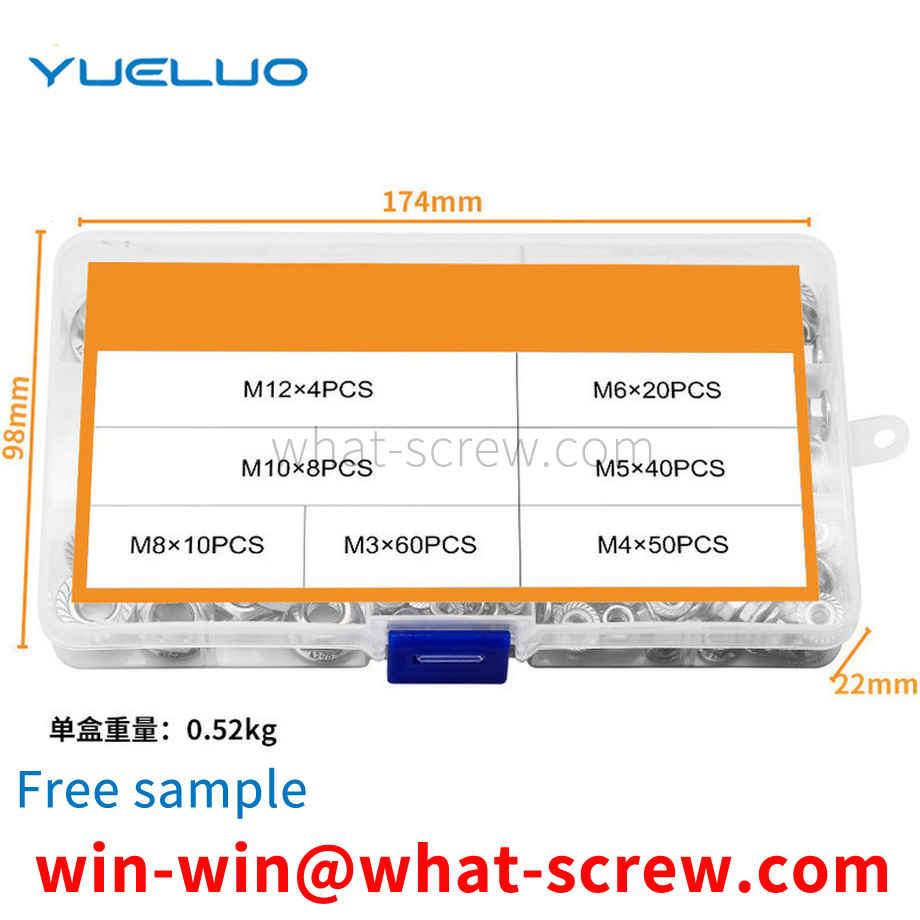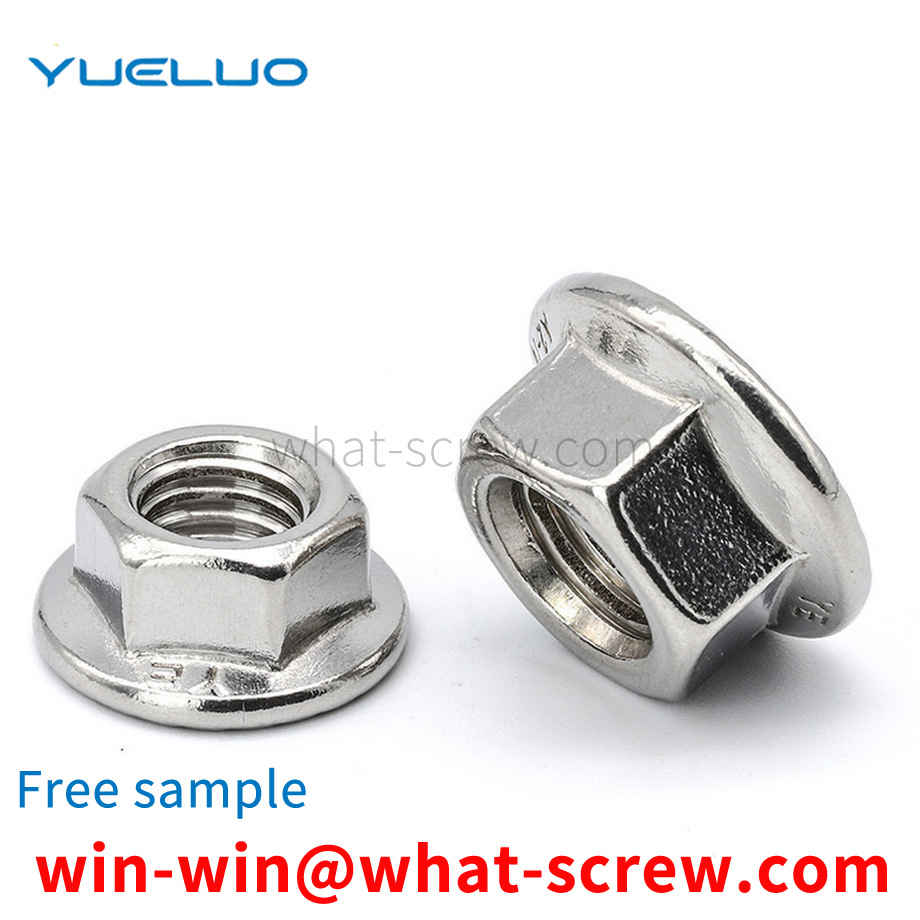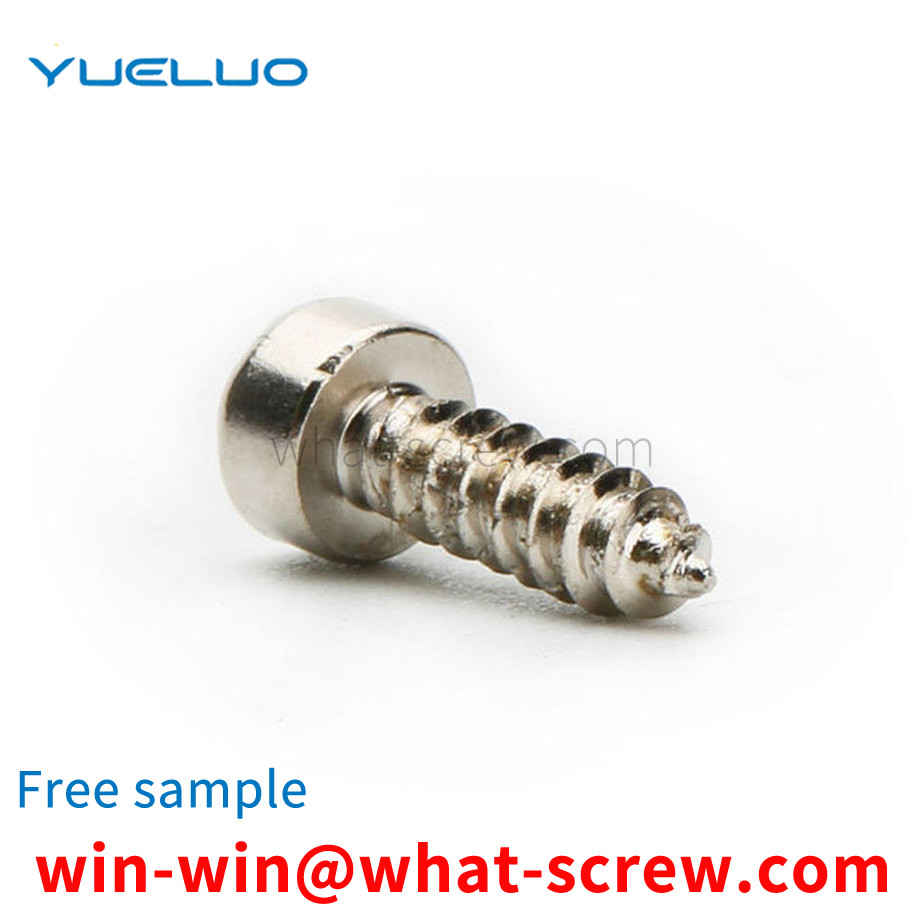What is the tolerance range of precision screws?
What is the tolerance range of precision screws?
Service Hotline
+86760-8787 8587We have more than ten years of experience in screw industry production, the main products are: dowel round pin, triangular self-tapping screw, knurled copper column copper screw and nut, U-shaped clip bolt, sink cup screw, DIN2095 washer, 12-grade high-strength Hexagon nuts, nuts, high-strength cylindrical pins, flat head screws, enlarged square gaskets, connection isolation supports, cylindrical socket head screws, cylindrical elongated top posts, GB923 hexagonal cap nuts and other fasteners, due to the product material and Specifications vary, prices vary, please contact us if necessary.


Figure 1 is a schematic structural diagram of Guangdong Yueluo Hardware Industry Co., Ltd. Figure 2 is a front view of the structure of the riveted positioning block. FIG. 3 is a top view of the structure of the riveted positioning block. Figure 4 is a front view of the structure of the riveting lower die. Figure 5 is a side view of the structure of the riveting lower die. 1, I is a rivet, 2 is a riveting positioning block, 3 is a product, 4 is another product, and 5 is a riveting lower die. [0017] Referring to Figure 2, Figure 3, 2-1 is a positioning pin, 2-2 is a rivet hole, and 2-3 is a through hole. Referring to Figure 4, Figure 5, 5-1 is a positioning hole, 5-2 is a guide block, 5_3 is a countersunk screw hole, and 5_4 is a vacant hole.

The pin body of the cylindrical pin is generally provided with one or two fixing holes for inserting the split pin to realize the positioning of the pin body. The fixing hole is drilled by a drilling machine, because the drill bit is easy to slip when drilling on the cylinder, and it needs to be processed by tooling. When machining the fixed holes on the cylindrical pins, because the cylindrical pins have many specifications and different thicknesses, even the positions of the holes required to be machined on the same cylindrical pin body are not the same, resulting in various drilling tooling for the pin body, resulting in processing costs. High, on-site management is difficult.


In the process of electronic accessories such as mobile phones and computers, especially multi-layer circuit boards, there are generally fixed connections between multi-layer circuit boards or other components. At present, there are two main connection methods. One is to use laser welding. However, the laser welding equipment is expensive and has very high requirements on the position of the weldment. Therefore, during welding, it must be ensured that the final position of the weldment needs to be the same as the laser beam will impact. Solder joint alignment. The other is to use a metal rivet to pass through the positioning hole, and then impact the rivet with a punching needle, so that the open end of the rivet is deformed and opened and pressed on the fixed piece to form a rivet fixed state. However, in actual operation, when the open end of the rivet tube is opened and deformed by the impact, strong cracking often occurs, resulting in a small amount of conductive fracture debris, which falls on the circuit board or other devices to be connected, causing Short circuit, in view of this shortcoming, some manufacturers have changed the metal rivets to plastic materials, but the plastic rivets have poor ductility and often break when impacted with a punching needle, resulting in the failure to achieve the riveting fixing force of the original metal rivets. In addition, the above two fixing methods are complicated in operation and low in installation efficiency.

In steelmaking plants, the wheels of metallurgical casting crane trolleys used for hanging liquid metal are connected with cardan shafts through flanges. Usually, a keyway is set in the radial direction of the connecting flange, and the keyway is a through groove. The B-type flat key is set in the keyway to transmit torque. During the frequent forward and reverse motion of the wheel, the flange connection bolts are easily loosened. Since the keyway is a through groove, the B-type flat key is easily caused when the flange connection bolts are loosened. It falls off from the keyway of the connecting flange and cannot transmit the torque, which seriously affects the working efficiency of the locomotive. In addition, because the B-type flat key falls off and cannot transmit the torque, the locomotive can only rely on the connecting bolt to transmit the torque when it continues to work. Poor, it is easy to damage and scrap the connecting bolts, and then damage the connecting flanges, requiring frequent replacement and maintenance, high cost, and difficult maintenance.

The above content is uploaded by Yueluo or the Internet. If there is any copyright issue, please contact [email protected].

What is the tolerance range of precision screws?

How to choose the right stainless steel screw manufacturer?

Why is there an R angle under the head of the hexagon head s...

We have more than ten years of experience in screw industry ...

We have more than ten years of experience in screw industry ...

We have more than ten years of experience in screw industry ...

We have more than ten years of production experience in the ...